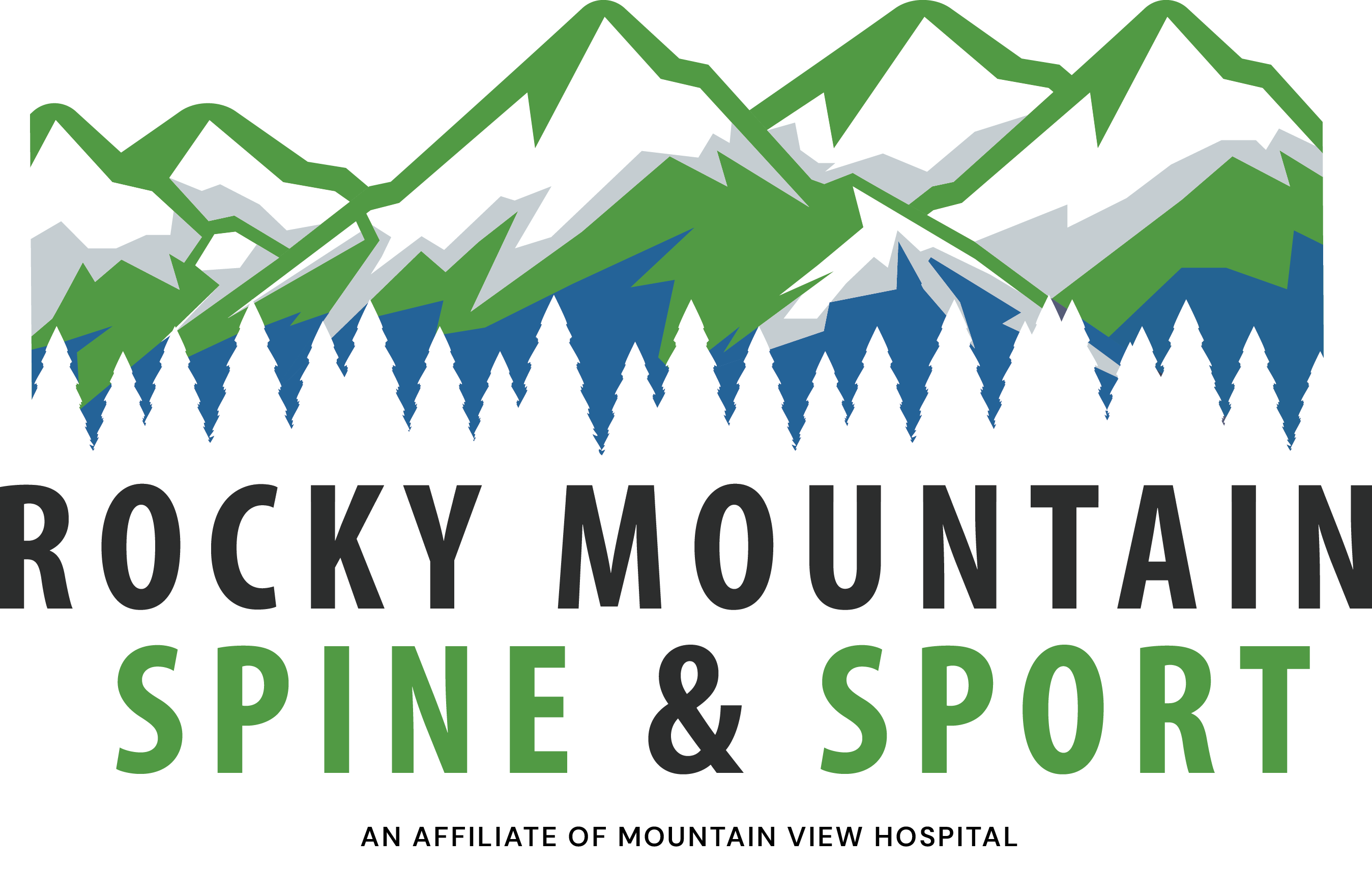What is the Deal with Degenerated Discs?
Today's blog post was written by Craig Kantack, PA-C.
Back pain is the second most common cause for visiting a doctor (the common cold is #1). Studies show that up to 80% of the US population will experience 1 significant episode of low back pain. Most of these episodes resolve within 30 days without long-term issues. Approximately 5% go on to become chronic issues. Many patients come to me telling me 'my doctor told me I have 5 bulging discs', or, more recently, 'my doctor told me I would have to have surgery within 5 years and I have the back of a 60 year old'. Often, after reviewing a patient's history and imaging, I have a much different outlook on things, and here is why:
"I have degenerated discs throughout my whole spine". Maybe. But do you have pain throughout your whole spine?
Disc degeneration is a normal process of aging. In fact, the blood supply to our discs was the best when we were teenagers. Every year afterwards, the blood supply to the disc decreases. By the time we turn 40 years old, many of us even without back pain will have some radiographic evidence of disc degeneration. Multiple clinical studies have supported this.
This recent study (http://www.ncbi.nlm.nih.gov/pubmed/25430861) concluded with the following: "Imaging findings of spine degeneration are present in high proportions of asymptomatic individuals, increasing with age. Many imaging-based degenerative features are likely part of normal aging and unassociated with pain. These imaging findings must be interpreted in the context of the patient's clinical condition." This is true for all segments of the spine (cervical (neck) , thoracic (mid back) , lumbar (low back)). See this recent study on cervical MRIs in asymptomatic people: http://www.ncbi.nlm.nih.gov/pubmed/25584950. This reinforces the fact that disc degeneration is a physiologic process associated with normal aging.
As human beings we walk on 2 feet---gravity is constantly exerting its force on our spines---that is why we are taller in the morning and why we shrink with age. Of course, if you have radiographic evidence of disc degeneration AND pain that level it very well may be the cause. And we can help with that! There are certain risk factors that predispose certain individuals to back pain such as obesity, smoking and perhaps a hereditary component. There are many risk factors that you have complete control over, such as your diet and activity level. The overall take-home point here is that degenerative disc disease can be a normal process of aging and is not necessarily a source of pain. Keep moving! All of us at Eastern Idaho Spine Center
